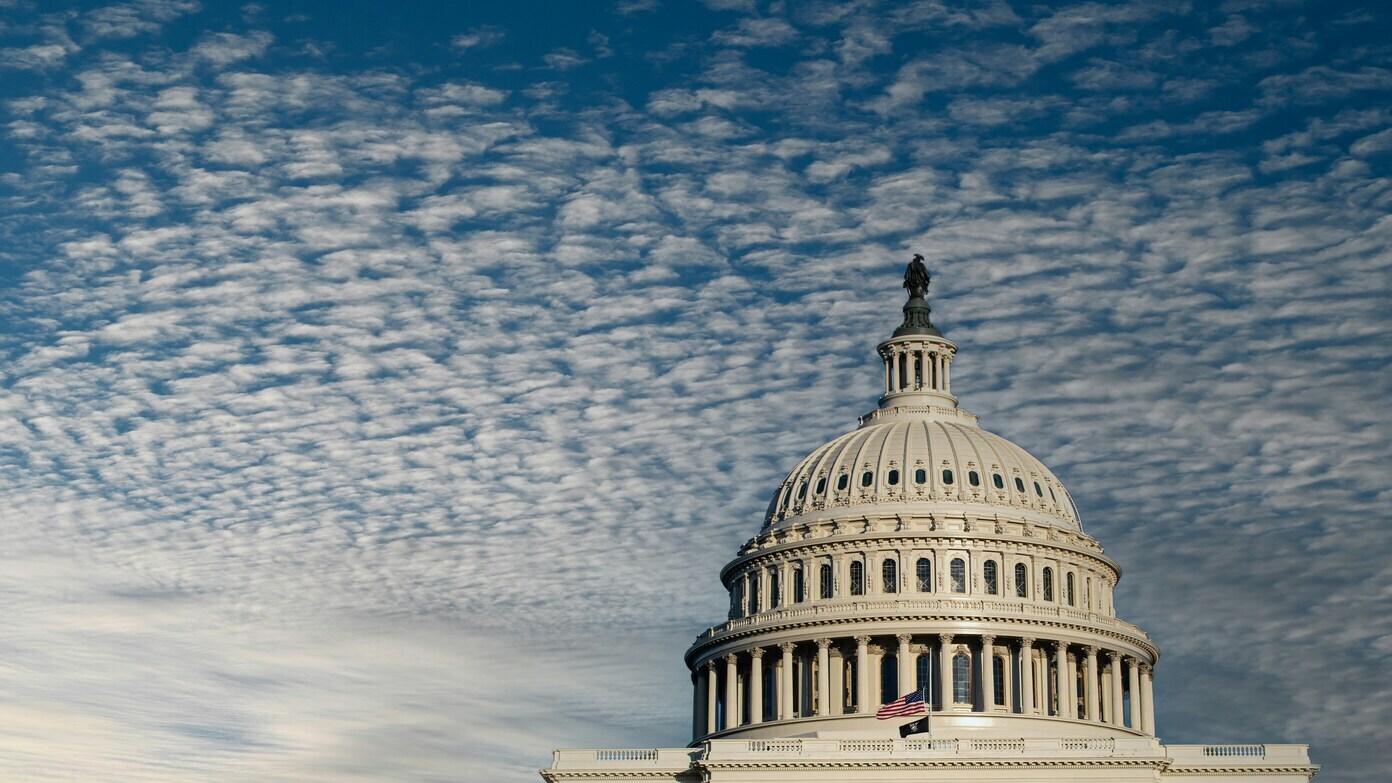Government shutdowns are probably the most stressful moments of American politics. They take place when Congress cannot see eye to eye on how to fund the government, and when that happens, federal workers, programs, and even the economy get hurt. Members from both parties usually agree that shutdowns are bad, but partisanship keeps driving the country to the edge.
So, when did the government most recently shut down, and why did it shut down? Let’s take a step back.
Read this later: How can I prove that a medical condition is service-connected?
Why do shutdowns happen?
Shutdowns result from Congress not being able to pass a budget or temporary spending bill on time. Without money, much of the government is unable to operate. Essential services, including the military and air traffic controllers, will generally continue. But everyone else is basically shut down and sent home without pay, furloughed, until the issue is settled.
Legislators from both parties admit that shutdowns are “a bad idea.” But because of deep-seated political disagreements, lawmakers prefer a game of chicken until the eleventh hour.
Read this later: If you invested $1,000 in Abbott Laboratories 10 years ago, here’s how much you would have today.
Longest shutdown: 2018–2019
The most recent and longest government shutdown in December 2018 and January 2019 lasted for 35 days.
President Donald Trump demanded billions of dollars to build a wall between the U.S. and Mexico. Democrats, with then-House Speaker Nancy Pelosi at the forefront, refused to fund the wall until the government reopened first.
The standoff persisted for weeks. Federal employees went without paychecks, airport delays accelerated, and pressure from the public mounted. Trump eventually capitulated, and the government reopened without wall funding.
This shutdown demonstrated what a devastating standoff could accomplish to the detriment of not only workers but regular Americans relying on federal services.
Read this later: Good news for VA Benefits – Lawmakers propose two changes that will benefit thousands of veterans and their families in a historic bill in…
A short shutdown: January 2018
A few months ago, the government was shut down for three days. That shutdown was about “Dreamer” protections—immigrants who came to America as children. Democrats wanted a budget deal with these protections included, and they would not negotiate it until the government reopened.
At the close of the weekend, Democrats approved a short-term spending measure after assurances from Republicans that they would eventually hold a vote on immigration. The shutdown was brief but revealing about how much trouble it is for members of Congress to tie increased policy demands to deadlines on budgets.
The 2013 shutdown
The government was shut down in October 2013 for 16 days. Republicans this time needed to close down the Affordable Care Act, or “Obamacare.” Republicans attempted to add language to the bill to prevent the health care law from moving forward.
President Barack Obama refused, saying he would not “pay a ransom” to restore the government. The shutdown also caused concern about default on the debt as Republicans stalled consideration of a debt limit increase.
Eventually, Senate bipartisan talks broke the stalemate. Republicans dropped their conditions, and the health care law proceeded. Even some Republicans later admitted that they lost the battle.
Shutdown in the 1990s
One of the best-known shutdowns prior to the Trump era happened in late 1995 and early 1996. It lasted for approximately three weeks.
Republicans, led by House Speaker Newt Gingrich, demanded deep spending cuts and a balanced-budget agreement. President Bill Clinton refused to budge, and the shutdown persisted. Republicans ultimately bore most of the blame. Clinton’s popularity surged, in fact, and he won re-election later in the year.
Previous shutdowns during the 1970s and 1980s
Shutdowns were common towards the end of the 20th century but did not necessarily cause so much pain. There were a few funding gaps during the presidencies of Presidents Jimmy Carter and Ronald Reagan. The longest lasted for 17 days in 1978.
Initially, shutdowns didn’t mean the government shutting down. That ensued later in the 1980s when court rulings necessitated agencies to shut down for real if no appropriation bills were signed into law. Shutdowns thereafter became a lot more significant.
What history indicates
Historically, shutdowns never give lawmakers what they want. Workers go without paychecks, government offices close, and the economy takes a hit. Eventually, one party gets to fold without getting substantial concessions.
But shutdown threats still linger as partisan fights become more intense. The recent big one in 2019 showed how costly these fights turn out, not only for Washington but also for millions of ordinary Americans.

